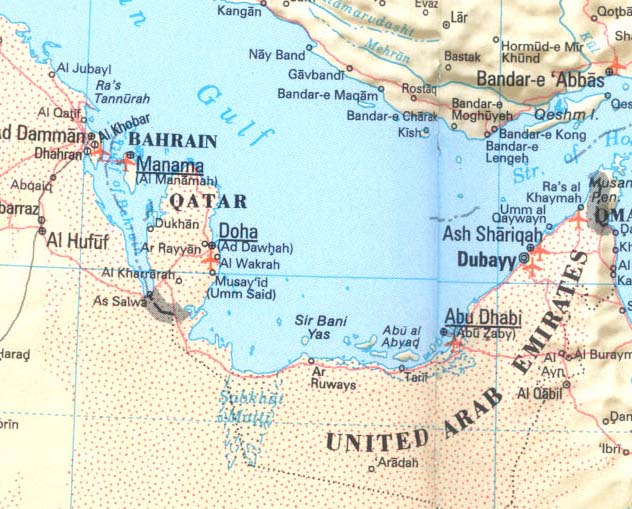Marjorelle Garden

This garden in Marrakech, begun in 1924 and opened to the public in 1947, is, according to their brochure, one of the twentieth century’s most mysterious gardens. It was designed by the expatriate French artist Jacques Majorelle in 1924, during the colonial period when Morocco was a protectorate of France. According to Wikipedia, although Majorelle's gentlemanly orientalist watercolors are largely forgotten today the garden he created is his creative masterpiece. The special shade of bold cobalt blue which he used extensively in the garden and its buildings is named after him, bleu Majorelle. The garden has an overpowering abundance of vegetation reflecting five continents and commemorates Jacques Morelle’s significance as one of the most important plant collectors of his time. Since 1980 the garden has been owned by Yves Saint-Laurent and Pierre Bergé. After Yves Saint Laurent died in 2008 his ashes were scattered in the Majorelle Garden and there is a memorial site there for him. The garden also houses the Islamic Art Museum of Marrakech, whose collection includes North African textiles from Saint-Laurent's personal collection as well as ceramics, jewelry, and paintings by Majorelle. And the garden hosts more than 15 bird species, which can be found only in the area of North Africa.
For me, I could have spent entire afternoon sitting on a bench and listening to the birds and the rustling of wind among the plants. It made me think of Loren Eiseley, The Immense Journey:
Once in a lifetime, perhaps, one escapes the actual confines of the flesh. Once in a lifetime, if one is so lucky, one so merges with sunlight and air and running water that whole eons, the eons that mountains and deserts know, might pass in a single afternoon without discomfort.
Atlas Mountains

The Atlas Mountains are part of the highest mountains in North Africa. In the isolation of the High Atlas, the Berber culture flourished. Over time the tribes established their own economic, social and cultural framework. During the trip to Morocco we traveled through the mountains from Marrakech to Ouarzazate, the latter home today of a thriving film industry. The High Atlas consists of great massifs rising 3 – 4000 meters, steep valleys, rocky plains, and deep narrow canyons. The images here show some of the incredible countryside as well as pieces of a small Berber village we visited and in which we were fortunate to stop in a home for tea, bread and dates.
Todra Gorge


High cliffs over 300 m. rise up dramatically alongside the narrow gorge that ten years ago was accessible only to hikers. Today paved roads traverse the gorge, tour buses bring tourists in to purchase clothing brought in for sale and eat in the restaurant and stay in one of two hotels. We can spy the occasional mountaineer wending his/her way up the steep edges. We have access but at what cost? Wadi Todra flows through this great geologic fault and onto the Tinehir Date Palm Grove.
Tinehir Date Palm Grove

This town and its palm grove are located on a rocky outcropping. With several silver mines, Tinehir is a wealthy town known for its silver jewelry. To the west is a Kasbah, now in a state of disrepair. It is easy to walk into the Palm Grove and follow the network of shady paths that lead through the orchards and run along irrigation ditches. Small boys follow and attempt to capture your attention with items woven from palm – making them on the spot as you and they walk.

Merzouga

We stopped at the oasis of Mersouga, located at the foot of the Erg Chebbi Dunes, that rise out of the stony, sandy desert, extending for 30 km and rising to a height of 250 m. We spent the night in tents, each outfitted with a sink, shower and toilet and rose early in the morning to ride camels to the dunes to await the sunrise. Although we were awakened by the gentle bonging of a drum, in fact the early morning snorting of the couched camels had already awakened most of us. As you will see from the photos at sunrise (or sunset), the half-light gives the sand a fascinating range of colors.
People
Throughout the trip there were many times we wanted to capture people we saw on the trip - from the people inthe village in the Atlas Mountains to other on the street, Moroccans do not want photographs of themselves, with some exceptions as they become more comfortable with Westerners. Some of the photos here probably violated the peoles preferences, others were definitively takn with the subject's own wish. Enjoy the brief slide show of people.



